The rhythmic synchronization between a hurdler's stride frequency and the distance between barriers represents one of the most delicate balancing acts in track and field. Unlike flat sprints where athletes focus solely on maximum velocity, hurdling introduces spatial constraints that demand precise biomechanical adjustments. The interplay between these two factors often separates elite performers from competent competitors.
At its core, the challenge lies in maintaining optimal speed while adapting stride patterns to clear 42-inch barriers spaced at predetermined intervals. Men face ten hurdles set 9.14 meters apart in the 110m event, while women negotiate 8.5-meter gaps between 33-inch barriers in the 100m race. These standardized distances create non-negotiable spatial parameters that athletes must accommodate through stride modulation.
The physics behind efficient hurdling reveals why mere speed isn't sufficient. When approaching takeoff, the lead leg must initiate its upward trajectory early enough to clear the barrier while the trail leg follows a precise folding pattern. This aerial phase inevitably lengthens the stride cycle, requiring compensatory adjustments in the intervening steps. Elite hurdlers typically employ a seven-step approach to the first hurdle followed by a three-stride rhythm between subsequent barriers.
Developing this rhythm requires years of specialized training that goes beyond conventional sprint workouts. Hurdlers must cultivate muscle memory for taking off at consistent distances from each barrier while maintaining explosive power through multiple acceleration-deceleration cycles. The best practitioners make these micro-adjustments subconsciously, their nervous systems finely tuned to the spatial demands of the event.
Biomechanical studies show that world-class hurdlers exhibit remarkably consistent takeoff distances—typically 2.00-2.10 meters from the hurdle for men and 1.90-2.00 meters for women. This precision allows them to maintain their three-stride pattern without overstriding or cramping their steps. The subtle art lies in making these adjustments without visible deceleration, preserving forward momentum through each barrier.
Training methodologies for stride-hurdle synchronization employ various techniques. Some coaches use reduced spacing during practice to develop quicker turnover, while others emphasize hurdle density training with extra barriers to reinforce rhythm. Video analysis plays a crucial role in identifying minute variations in takeoff points or stride lengths that disrupt the flow between hurdles.
The evolution of hurdling technique demonstrates how athletes have refined this synchronization over decades. Early 20th century hurdlers often used four strides between barriers, sacrificing speed for clearance safety. The transition to three-stride patterns came as athletes developed greater power and flexibility, allowing them to cover more ground per stride while maintaining control in the air.
Modern sprint hurdles have become a showcase of dynamic adaptation, where athletes must constantly recalibrate their stride patterns mid-race. Environmental factors like wind resistance or competition pressure can disrupt carefully practiced rhythms, requiring real-time adjustments. The most successful hurdlers possess not just physical gifts but extraordinary kinesthetic awareness—the ability to sense and correct stride irregularities within fractions of a second.
This event's unique demands explain why some world-class sprinters struggle with hurdles while specialists dominate. The added cognitive load of spatial calculation and the physical demands of repeated takeoffs create a discipline that rewards precision as much as pure speed. When stride frequency and hurdle spacing achieve perfect harmony, the result is a fluid, almost musical performance where the athlete appears to flow over barriers rather than conquer them individually.
As training technology advances, new tools are emerging to perfect this synchronization. Laser measurement systems can now provide real-time feedback on takeoff distances, while pressure-sensitive starting blocks help optimize the initial acceleration phase. These innovations continue pushing the boundaries of what's possible in an event where milliseconds often separate medalists from also-rans.
The poetry of elite hurdling lies in this invisible conversation between body and space—a dialogue conducted through muscle memory and split-second decisions. When everything aligns, the hurdler becomes a study in efficient motion, their stride pattern so perfectly attuned to the course's geometry that barriers seem to disappear from their path. This harmony represents the event's ultimate aspiration and its most difficult achievement.

By Elizabeth Taylor/May 9, 2025

By David Anderson/May 9, 2025

By Amanda Phillips/May 9, 2025

By Victoria Gonzalez/May 9, 2025
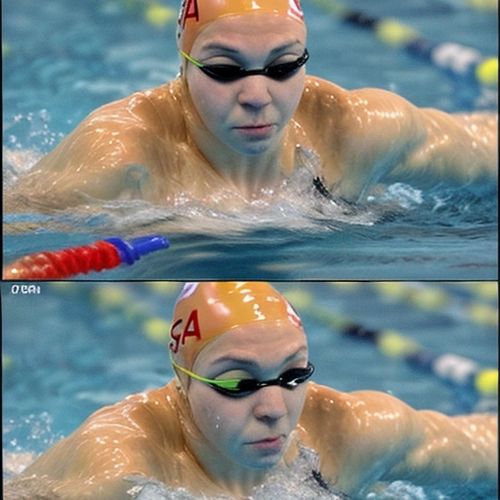
By Rebecca Stewart/May 9, 2025

By Michael Brown/May 9, 2025

By William Miller/May 9, 2025
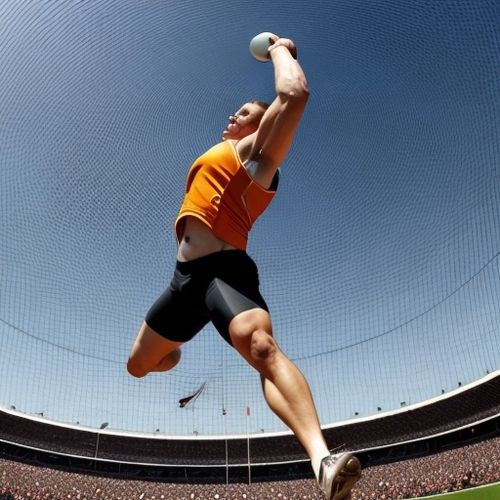
By James Moore/May 9, 2025

By Christopher Harris/May 9, 2025

By George Bailey/May 9, 2025

By John Smith/May 9, 2025

By John Smith/May 9, 2025

By Samuel Cooper/May 9, 2025
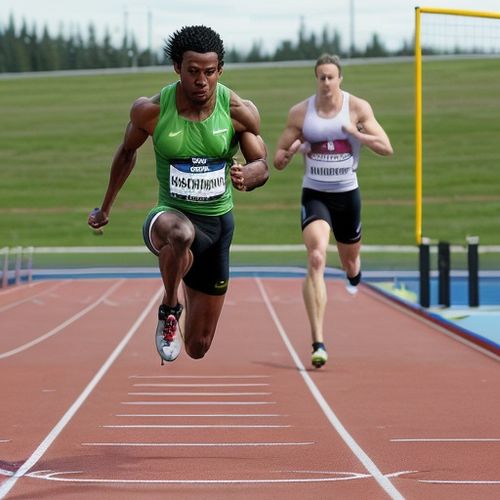
By Christopher Harris/May 9, 2025
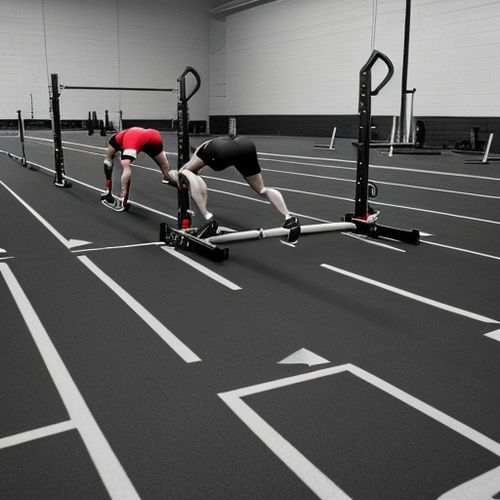
By Megan Clark/May 9, 2025
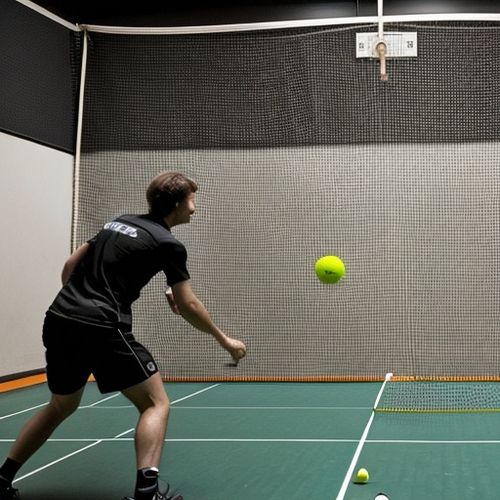
By Victoria Gonzalez/May 9, 2025

By William Miller/May 9, 2025
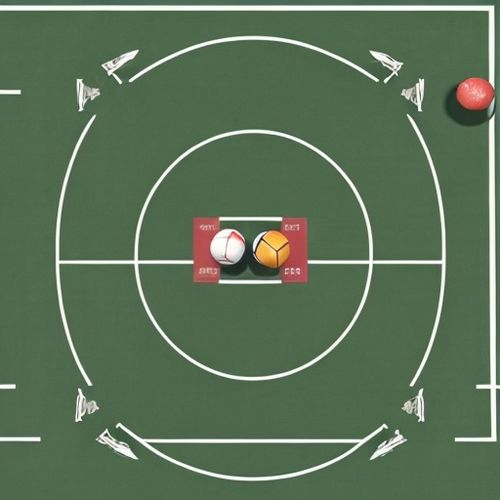
By Natalie Campbell/May 9, 2025
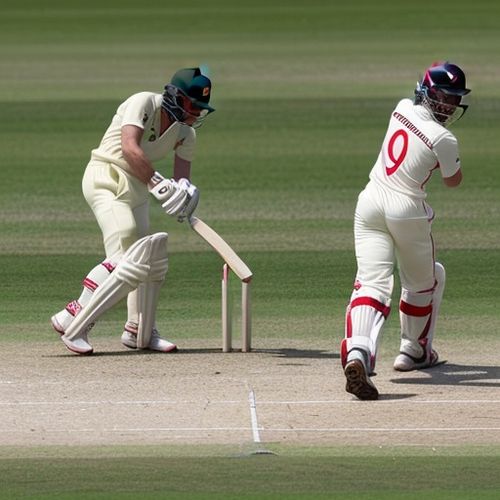
By Megan Clark/May 9, 2025
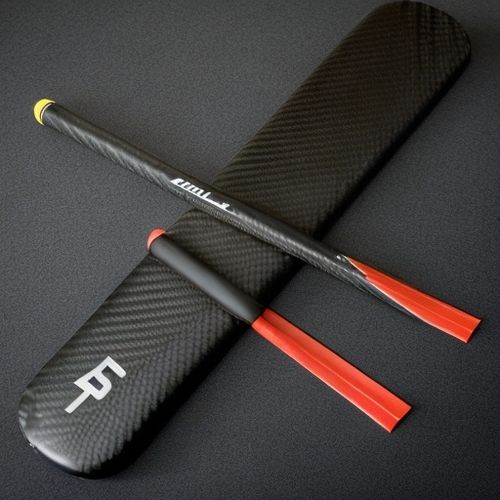
By Michael Brown/May 9, 2025